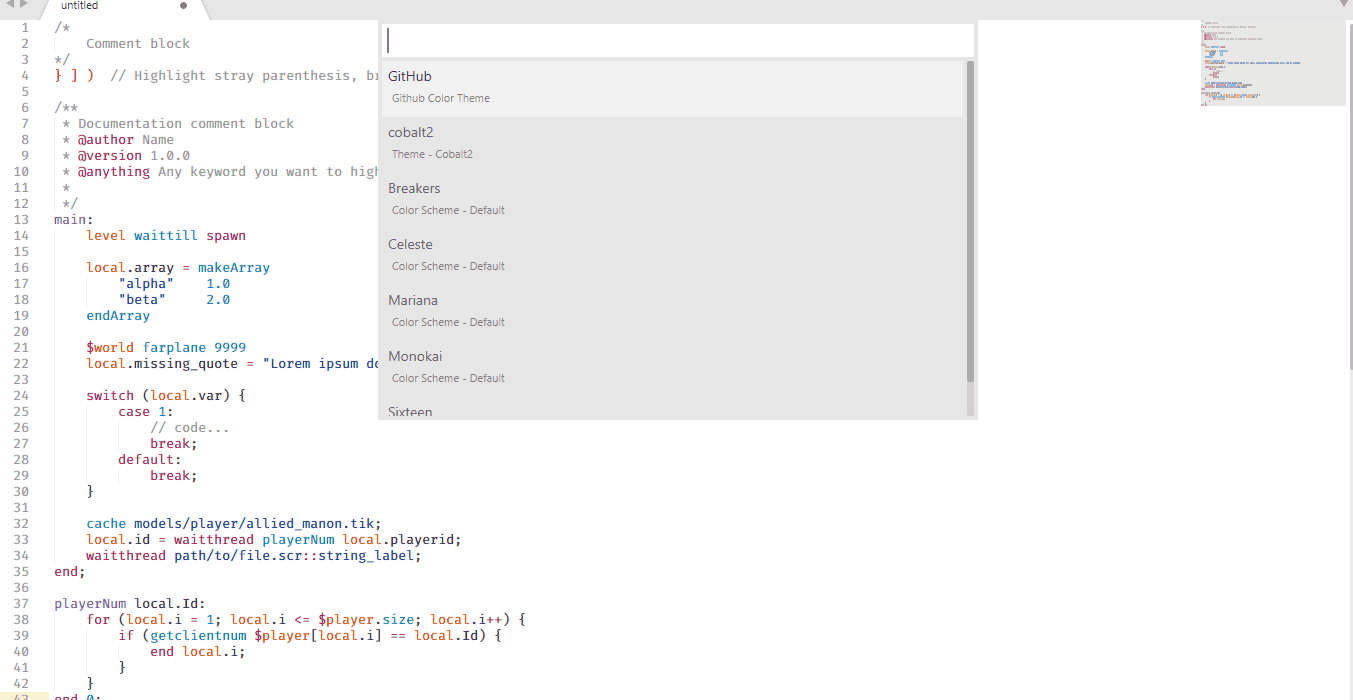

The exponential rise in case numbers in the summer of 2014 in Lofa County and elsewhere triggered a large-scale international response of humanitarian assistance to West Africa. Infection at funerals can be prevented by conducting burials where only those wearing appropriate equipment touch the body of the deceased. Ebola treatment centres (ETC) are specifically designed to provide isolation beds for infected patients, with staff trained to minimize the risk of onward transmission to themselves or others by wearing protective gear and practising the highest levels of hygiene. This makes finding and isolating infected patients and preventing transmission at funerals crucial components of the public health response. Įbola spreads through contact with bodily fluids that continue to be infectious after death.

The outbreak peaked in August before declining in September and decreasing to zero cases of EVD by early November. Following this first small cluster of cases, in early June, a large outbreak was observed in Lofa, with rapid growth in case numbers between early July and late August. By 30 March 2014, the infection had spread across the border, and the first cases were reported from Liberia, more specifically from Lofa County near the northern border with Guinea.

The outbreak was first identified in March 2014 in South Western Guinea. The epidemic of Ebola virus disease (EVD) in West Africa, has, at the time of writing, caused more than 11 000 deaths reported from more than 28 000 cases. This article is part of the themed issue ‘The 2013–2016 West African Ebola epidemic: data, decision-making and disease control’. Both expansion of bed availability and improved healthcare seeking contributed to ending the epidemic, highlighting the importance of community engagement alongside clinical intervention. We estimate that healthcare seeking approximately doubled over the course of the outbreak, and that isolation of those seeking healthcare reduced their reproduction number by 62% (mean estimate, 95% credible interval (CI) 59–66). This is combined with an overall decline in the reproduction number of Ebola transmission from early August, coinciding with an expansion of the local Ebola treatment centre. Model fits to the epidemic show an alternation of peaks and troughs in transmission, consistent with highly heterogeneous spread. Here, we analyse the epidemic in Lofa County, Liberia, lasting from March to November 2014, by reporting a comprehensive time line of events and estimating the time-varying transmission intensity using a mathematical model of Ebola transmission. It is not clear, however, how much the public health response and behavioural changes in affected communities, respectively, contributed to ending the outbreak. The Ebola epidemic in West Africa was stopped by an enormous concerted effort of local communities and national and international organizations.


 0 kommentar(er)
0 kommentar(er)
